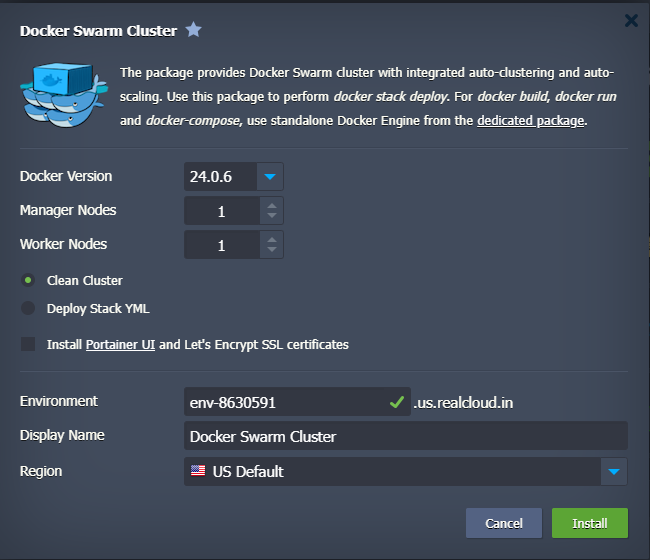

Docker Swarm is Docker’s native clustering and orchestration solution that allows you to manage a group of Docker nodes as a single virtual system. With Swarm mode Docker, users can easily deploy, scale, and manage containerized applications across multiple hosts, ensuring high availability and efficient resource usage.
Swarm mode is built directly into the Docker Engine, making it simple to initialize and manage without needing external tools. It enables features such as load balancing, service discovery, rolling updates, and container scheduling all essential for running production-grade applications.
Docker Swarm is widely used in scenarios where simplicity, native Docker integration, and lightweight orchestration are critical. Some common use cases include:
When you enable swarm mode Docker, you transform your standalone Docker Engine into a part of a cluster, or “swarm.” This allows you to manage services across multiple nodes, assign roles (manager or worker), and ensure resilience by distributing workloads. The simplicity of using Docker CLI commands to manage a swarm cluster makes it accessible even to teams without deep DevOps experience.

One of the key features of Docker Swarm is the ability to deploy services effortlessly. With the docker service create or docker stack deploy commands, you can define and launch services across your swarm cluster. This process, known as docker swarm deploy service, allows you to:
For example, deploying a web application across a cluster is as simple as defining a Docker Compose file and running a single deploy command in Swarm mode. This makes docker swarm deploy service highly effective for managing complex, containerized workloads in a streamlined and reliable way.